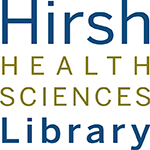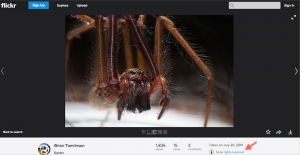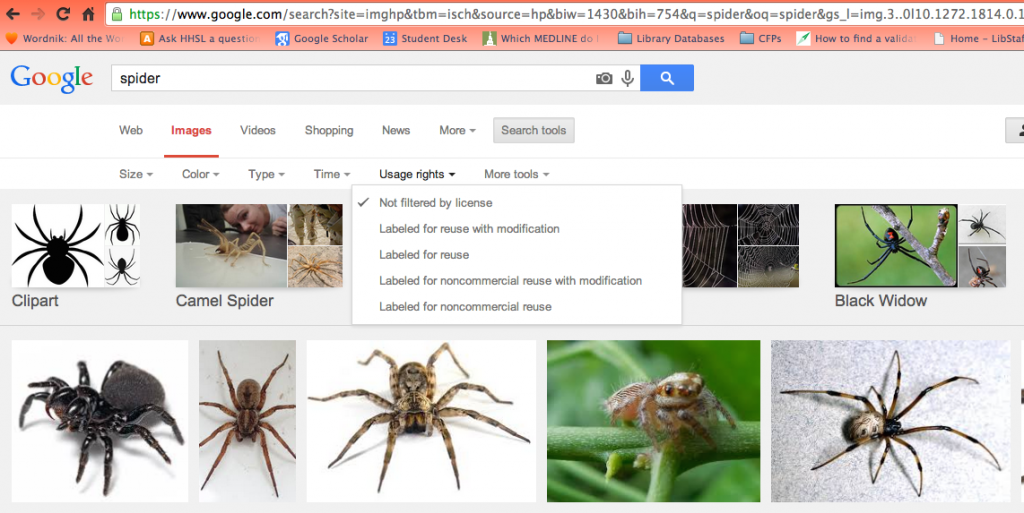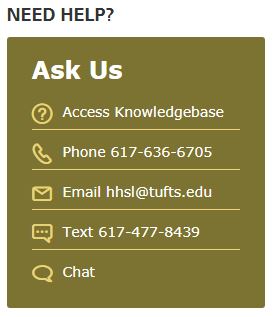Once upon a time, librarians curated what were usually called “picture collections.” These were files (actual paper files!) filled with pictures clipped from other sources that the librarians knew could be reused in articles and publications- hence the origin of the term “clip art.” When an author was working to pull together a publication, he or she would mosey over to the library or archives and work with this curated picture collection.
Then the internet happened. The wealth of images available online has created a minefield of intellectual property and academic ethics issues. Just because you can view content online for free (whether it be photos on Flickr or a copy of someone’s thesis) does not mean you can download, remix, reuse, sell commercially, or do anything you want with it. Content creators have rights.
Creative Commons licenses are a component of the open access toolkit that allows authors and creators to share their content while maintaining some important essential and creative rights to their works. In other words, issuing work under a CC license gives you the ability to freely share your work, under terms that you dictate. This differs from the public domain, which dictates that nobody owns a piece of content, and is a matter for another blog post, another day.
There are six Creative Commons licenses, which offer differing levels of reuse permission (the most common restrictions involve changing or adapting images, and making money from the reuse of images). CC has a handy tool to help creators determine what sort of license they would like to use.
When it comes to finding images licensed under Creative Commons, there are several great resources to visit and tricks to use to find images for your posters, presentations, and publications.
I suggest starting with Flickr. After you execute a search you can limit your results to Creative Commons only, as well as images that allow commercial reuse and modifications:
Once you’ve done that, you can view the specific rights for any image by clicking the Rights link (this also tells you what you are allowed to do with an image):
Google Images allows a similar search limit. After you search, select your parameters under the “Usage Rights” menu:
With all Creative Commons works, you are expected to attribute the creator and source (at the very least), and CC has a great guide to Best Practices for Attribution.
This is just a quick introduction to Creative Commons resources. If you have any questions, please contact us at hhsl@tufts.edu. Even better, attend our upcoming Open Workshop on October 30 at noon, “But I Found it Online!” Proper Use and Attribution of Images for Papers, Posters, and Presentations.” Click here for more details and to register!
HHSL would like to recognize several Tufts University faculty and staff from the Boston and Medford campuses who have been awarded with funding under the Provost’s Open Access Fund for Publication and Digitization. The Provost’s Open Access Fund intends to support faculty and students with paying journal article processing charges and digitize research materials for educational use. For more information about applying for open access funding visit Provost’s Open Access Fund for Publication and Digitization or ask a librarian.
The February 2013 winners are:
- Benjamin Hescott, School of Engineering- Computer Science
- Sean Cash, Friedman School of Nutrition- Agriculture, Food and Environment Program
- Colin Orians, Arts & Sciences- Biology
- J. Michael Reed, Arts & Sciences- Biology
- Lisa Shin, Arts & Sciences- Psychology
For more information about Open Access at Tufts visit Tufts Scholarly Communications and open.tufts.edu. And if you’re wondering where you can find open access journals, visit the Directory of Open Access Journals.
Recent Posts
Categories
- 4th Floor Tabling (3)
- affiliation (4)
- Announcements (353)
- Book/Resource Reviews (117)
- Hours (131)
- Interviews (4)
- New Titles & Resources (114)
- News & Events (266)
- Open Workshops (48)
- Outside News & Events (66)
- resources (18)
- throwback thursday (5)
- Tips & Tricks (135)
- Uncategorized (148)
Tags
4th floor affiliation books Boston circulation crafts electronic resource electronic resources events exams extended hours food fun fun lab funlab graduation HHSL Hirsh Health Sciences Library holiday holiday hours holidays hours leisure reading library fun lab library service desk library staff new books open access open access week open workshop Open Workshops reserves resources staff statistics summer survey tea Thanksgiving therapy dogs Tufts Hirsh Health Sciences Library website welcome! writing consultants writing helpFollow us @TuftsHHSL!
Twitter feed is not available at the moment.







